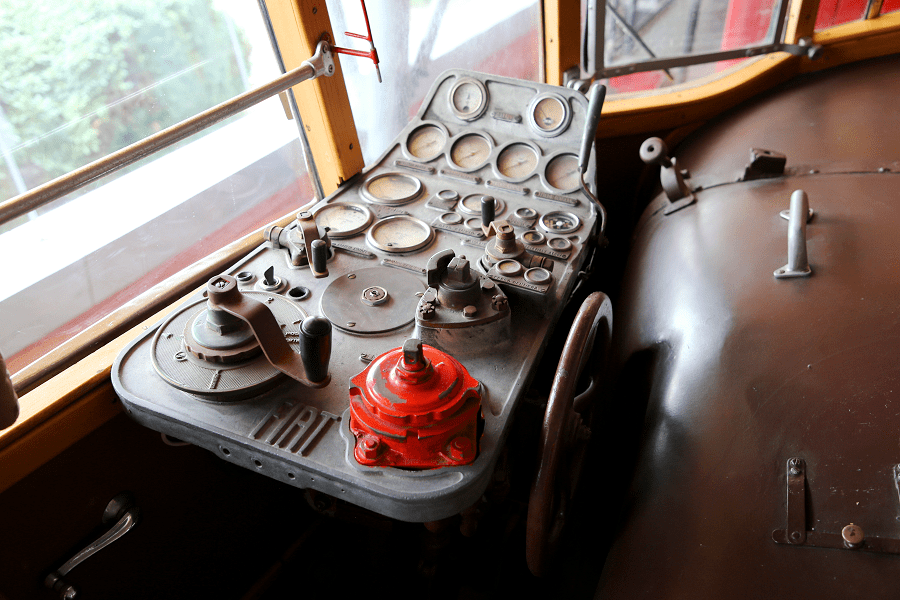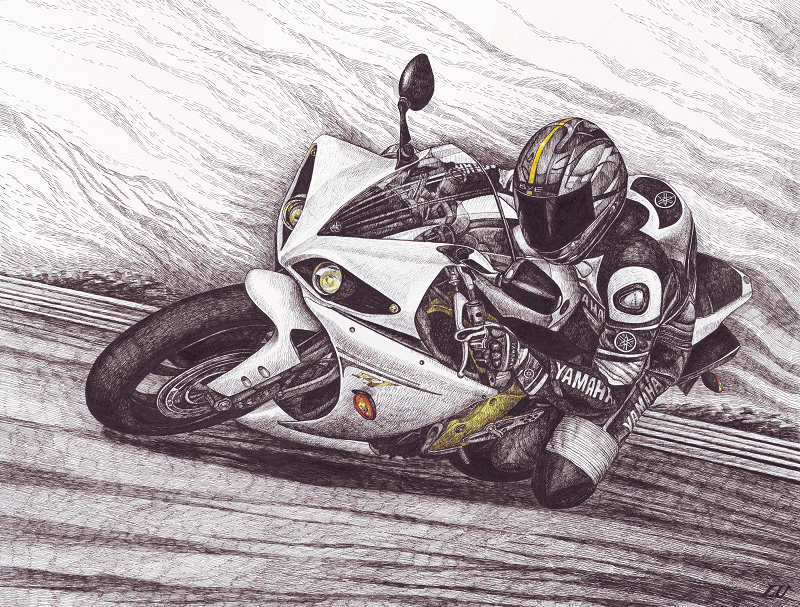FS Class ALn 56.1903 “La Littorina”
The ALn (Automotrice Leggera a nafta (Light Diesel motor car)) 56 series are a group of Diesel railcars built for the Italian public railway company Ferrovie dello Stato (FS) between the 1930s and the 1950s. As the first project in Italy to abandon the automobile-derived design and adopt a comprehensive “rolling stock” approach, it represents the link between the simple and sturdy Littorine and the modern Diesel units.
The design of the ALn 56 series draws on the well-established experience that Fiat built into the first railway engines ordered by the Fascist government of Benito Mussolini, the ATR 100 and the later Littorine ALn 556.
The increasing demand for passenger transport and the growth of the tourism business during the 1940s, driven by the government’s sponsorship of mass tourism (villeggiature popolari) and by the transformation of the railways into mass transport, required FS to put into service a growing number of faster and more comfortable passenger trains. This new generation of rolling stock was to supplement the existing Littorine on the new Direttissimo and Rapido services (two kind of fast links between major cities).
The service requirements called for a huge quantity of new stock in a limited time frame. Rather than buying more units of the existing specialized designs, FS decided to specify a single “unified” type which would be able to fulfill different mission profiles. Maintenance operations would also benefit from the availability of standard spare parts, a quite unusual feature in Italy at the time.
The specifications required the new units to provide not only higher speeds but also increased capacity and better passenger comfort; at least 70 well-spaced seats, 1st- and 2nd-class only, were mandated. The approved design had a total of 72 seats.
Manufacturer: Fiat Ferroviaria-Officine Meccaniche (OM)
Years of production: 1937 – 1957
Production: 327 units
Length: 24.560 m (80 ft 6+7⁄8 in)
Width: 3.160 m (10 ft 4 in)
Height: 3.564 m (11 ft 8 in)
Track gauge: 1,435 mm
Capacity: 72 seats
Engine: 6 cylinders; 2.38 L (145 cu in)
Power output: 220 kW (299 HP)
Maximum speed: 130 km/h (81 mph)
Weight: 37 t
Rahmi M. Koç museum (Istanbul, Turkey)
See also Transport blog
See also Cars blog
See also Motorcycles blog
See also Buses blog
See also Shipbuilding blog
See also Motors and Engines blog
See also Trains and railways blog
See also Trucks and Cargo Vehicles blog
See also Tractors and Special Equipment blog
See also Tanks and Armored Vehicles
See also Airplanes blog
See also Helicopters blog
See also Artillery, Missiles and Rockets blog
See also Bicycles blog
















